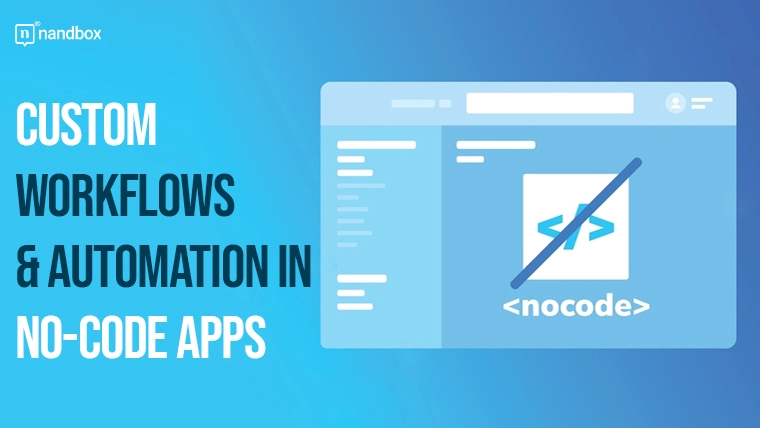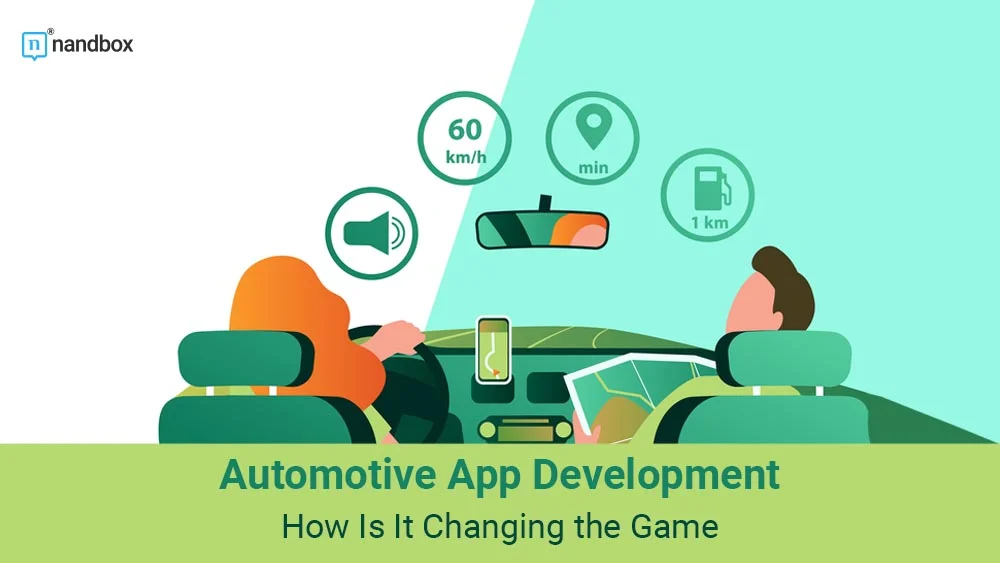No-code platforms have exploded in popularity for a simple reason: they empower pretty much anyone to build apps, automate tasks, and create workflows without writing a single line of code.
This shift is massive because it democratizes the ability to innovate. Imagine a small business owner or a marketing professional crafting complex applications that once required a team of developers. That’s the power of no-code. The real MVPs of this no-code phenomenon are custom workflows and automation, which can give your simple application superpowers, making them capable of taking on even the most complex tasks seamlessly.
What’s The Deal With Custom Workflows?
When we talk about custom workflows in no-code apps, we’re referring to flexibility. Custom workflows let you map out and automate the processes specific to your business needs. Whether it’s managing customer queries, processing orders, or onboarding new employees, these workflows are tailored to streamline and enhance how your organization operates.
But how do these workflows actually work in a no-code context? Typically, you’ll use a visual builder, dragging and dropping elements to create your ideal process flow. This approach is not only intuitive but also incredibly adaptive to changes. As your business evolves, so too can your workflows, all without needing a developer to rewrite your app or getting into the nitty-gritty of the main code.
Automation: The Real MVP
Automation in no-code apps is where things get really spicy. It’s all about efficiency—automating routine tasks to save time and reduce errors. For instance, imagine automatically sending a welcome email when a new customer signs up, or setting up a system that syncs new sales data to your CRM without lifting a finger.
The beauty of automation within no-code platforms is that it integrates seamlessly with custom workflows. This means you can automate entire processes from end to end. And with advanced no-code tools, you can even incorporate AI and machine learning to further enhance this automation, like using AI to analyze customer data and automatically tailor marketing strategies.
Scalability Concerns? Solved.
One common concern with no-code solutions is whether they can scale as your business grows. Here’s the good news: many no-code platforms are built with scalability in mind. They handle increased data loads, more complex workflows, and a growing user base without breaking a sweat.
Moreover, no-code platforms often come with built-in analytics tools. These allow you to monitor the performance of your workflows and automation, giving you insights into what’s working and what might need tweaking as you scale up.
Integration Magic
Integration capabilities are a cornerstone of making no-code apps work within an ecosystem of other tools. Most no-code platforms can connect to hundreds of other applications, enabling data to flow seamlessly between systems. This interoperability is crucial for businesses that use a variety of tools but want to maintain a cohesive operation.
Such flexibility supports not only data consistency across platforms but also reduces the risk of data silos, enhancing decision-making and operational efficiency. A great example of this is the Briostack CRM for pest-control companies, which allows for seamless integration across innumerable third-party apps.
Real-World Applications
Let’s ground this discussion with some real-world applications. For instance, a non-profit might use a no-code app to manage donations, volunteer sign-ups, and event planning all within one platform; this is an example of an internal tool. Or a retail business could develop a custom app for inventory management, online ordering, and customer feedback, all without coding.
Businesses no longer have to adapt their internal systems and processes to the tools available to them, instead, they can now customize their tools endlessly until it perfectly accommodate the processes they seek to implement.
Challenges & Considerations
Of course, no solution is without its challenges. For no-code, one of the main considerations is the limitations in customization that come with advanced technical requirements. While no code can handle a lot, there may be instances where the need for specialized functionality requires some amount of coding or hybrid solutions.
Furthermore, while no-code platforms are generally user-friendly, there is still a learning curve. Understanding the best ways to leverage these tools for maximum benefit may require some training or experimentation. If no-code and low-code tools evolve and become capable of supporting complex applications, the complexity and sophistication of their platforms will grow with this. This means users will have a steeper learning curve going forward, but it will always be less than learning to actually code.
The Future is Bright
Looking ahead, the future of no-code is incredibly promising. As technology advances, we can expect these platforms to become even more powerful and intuitive. The implications for businesses, especially SMBs and startups, are profound. No code not only lowers the barrier to entry for app development but also accelerates innovation.
It is still too early to say what lies ahead for no- or low-code tools, but in recent months a dozen or more startups have scaled to millions of dollars in venture funding, all entirely built using no-code platforms such as Bubble.is, Glide, and WebFlow.
Wrap-Up
In wrapping up, the emergence of custom workflows and automation in no-code apps represents a significant shift in how businesses can approach problem-solving and process optimization. It’s about making technology accessible and usable for everyone, transforming ideas into functional realities without traditional barriers. For businesses looking to stay agile and innovative, no-code is a path worth exploring.
So, there you have it—whether you’re a business expert or a tech newbie, no-code platforms offer the tools to create, automate, and scale up in ways that were once unimaginable.




